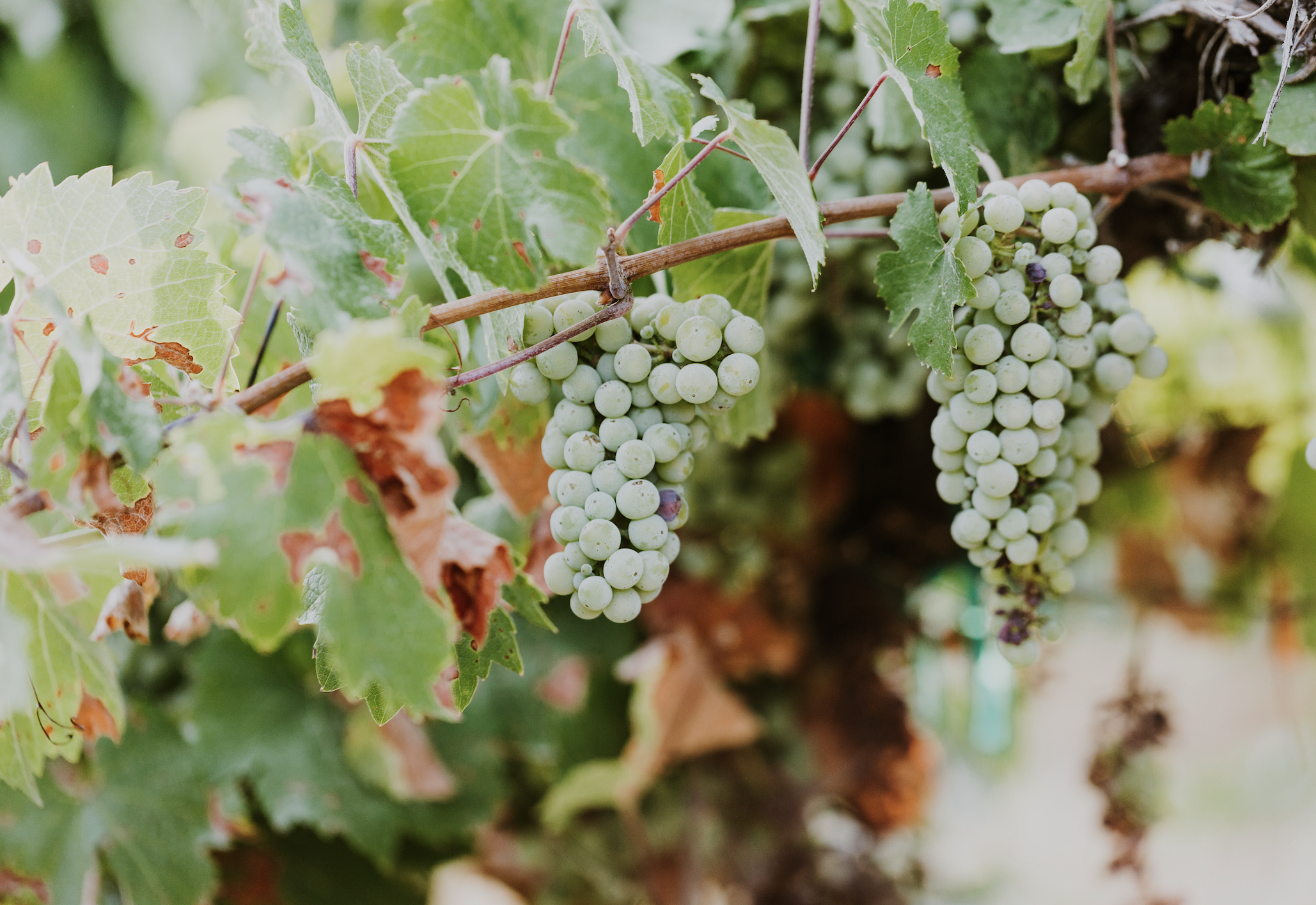
Idaho, a new frontier for wine
Idaho first started wine production in the 1860s in the northern part of the state. After prohibition, which halted commercial production, the industry was slow to return. Today the Snake River Valley – the state’s first AVA- has roughly 50 wineries and is home to a versatile and award-winning wine-growing region.
What makes idaho great
Perfect growing conditions
The unique combination of geography climate and sons found in Idaho's vineyards produce grapes with outstanding varietal character.
Room to grow
With tens of thousands of viable vineyard acres, Idaho is what Washington was 20 years ago: emerging. Located southeast of Washington's famed Walla Walla Valley AVA, Idaho's potential for growth is soaring where other states are facing grape shortages.
New, outstanding press
Idaho wines have already garnered national acclaim in the Wine Spectator, Wine Enthusiast, The Washington Post, Food & Wine, Sunset Magazine, and Wine & Spirits.
Riesling and so much more
With its 3,000-foot elevation, long growing season and diurnal shift, Riesling is rampant in Idaho.





